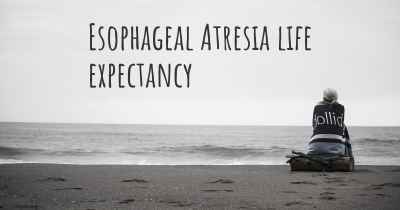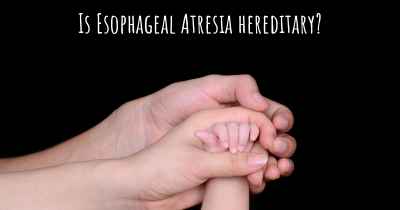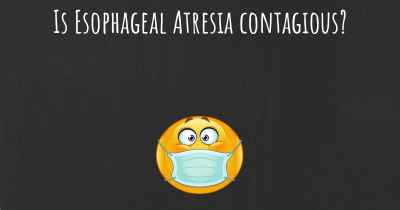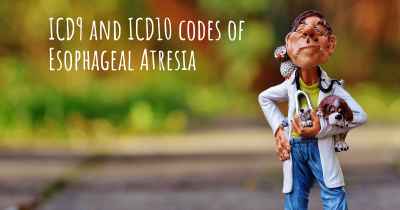What is the prevalence of Esophageal Atresia?
How many people does Esophageal Atresia affect? Does it have the same prevalence in men and women? And in the different countries?
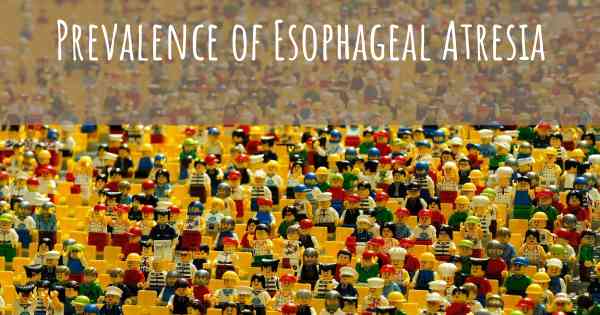
Esophageal Atresia is a relatively rare congenital condition where the esophagus does not develop properly, resulting in a gap between the upper and lower parts of the esophagus. The prevalence of Esophageal Atresia varies across different populations, but it is estimated to occur in approximately 1 in every 2,500 to 4,500 live births. This condition requires immediate medical attention and surgical intervention to ensure proper functioning of the digestive system. Early diagnosis and treatment are crucial for the well-being and long-term health of affected individuals.
Esophageal Atresia is a rare congenital condition characterized by the incomplete development of the esophagus, the tube that connects the mouth to the stomach. It occurs in approximately 1 in every 2,500 to 4,500 live births, making it a relatively uncommon disorder.
The prevalence of Esophageal Atresia varies across different populations and regions. Studies have shown that it affects males slightly more frequently than females, with a male-to-female ratio of around 1.5:1. Additionally, the condition is often associated with other birth defects, such as tracheoesophageal fistula, heart abnormalities, and gastrointestinal anomalies.
Diagnosis of Esophageal Atresia typically occurs shortly after birth when newborns experience difficulty feeding, excessive drooling, and choking during feeding attempts. Prompt medical intervention is crucial to prevent complications and ensure proper nutrition.
Treatment usually involves surgical repair to connect the disconnected segments of the esophagus. With advancements in surgical techniques and neonatal care, the prognosis for infants with Esophageal Atresia has significantly improved over the years. However, long-term complications, such as gastroesophageal reflux and feeding difficulties, may still persist.
